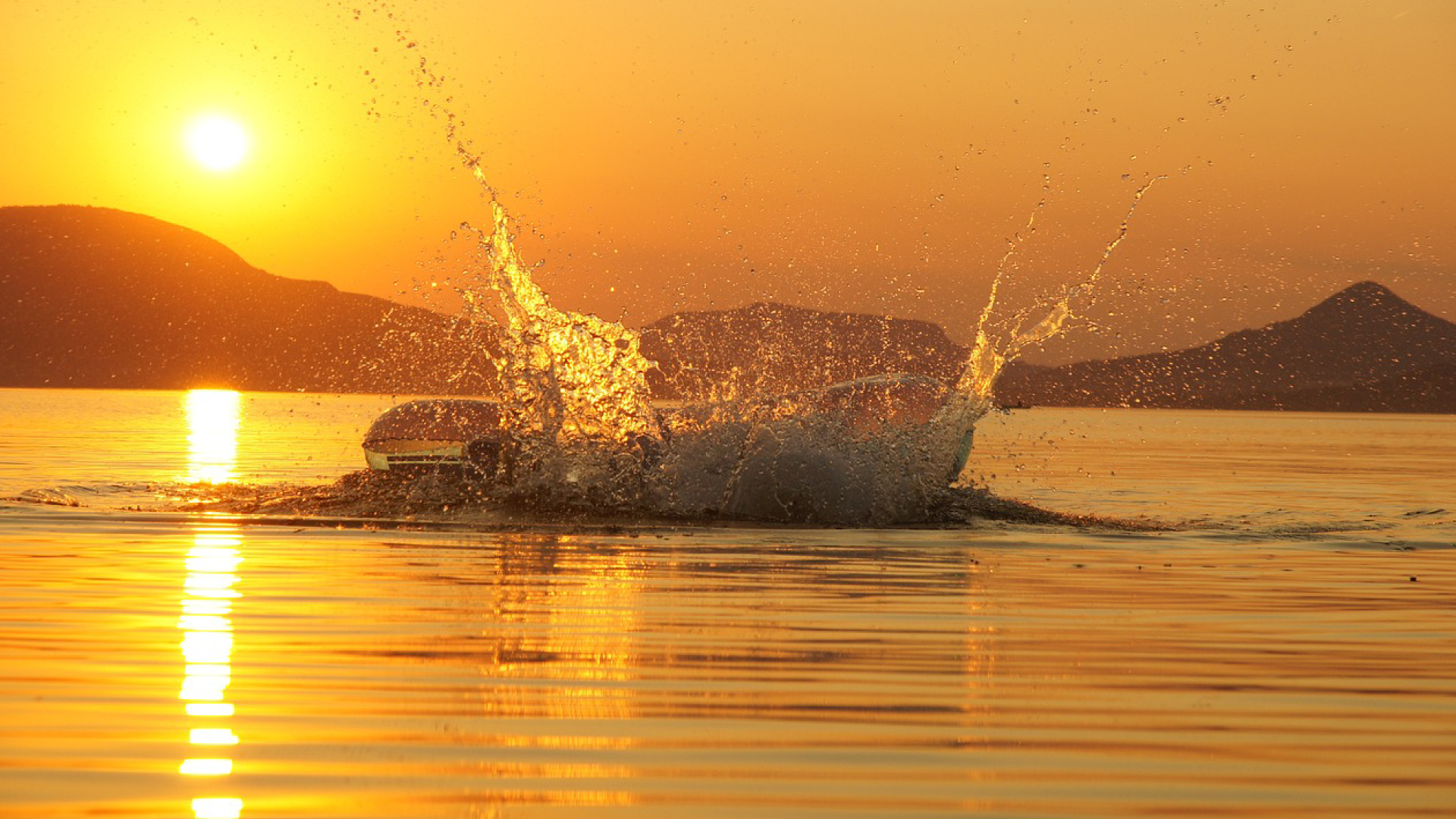Hungary’s Natural Waters Warming Six Times Faster Since the 1980s
Researchers at the HUN-REN Balaton Limnological Research Institute studied changes in surface water temperatures over the past 150 years in the Pannon Ecoregion. Lakes have warmed the most significantly, with Lake Velence experiencing the fastest increase, rising by 0.7 °C per decade. Warmer, shallow waters favor invasive species.

Their latest study showed that while the warming of surface water temperature is detectable across the entire 150-year period, significant changes began in the second half of the 1980s, when the rate of warming accelerated more than sixfold. Overall, the average increase in surface water temperature was 0.05 °C per decade for the entire period studied, but over the past 40 years, this figure has risen to 0.32 °C per decade.
The data revealed that not all lakes and rivers warmed at the same rate. Shallow lakes like Lake Balaton, Lake Fertő, and Lake Velence showed a faster temperature increase of 0.46 °C per decade, compared to rivers, which warmed more slowly at 0.27 °C per decade. Significant warming was observed at Lake Balaton, reaching 0.46 °C per decade over the past 30–40 years. Lake Velence warmed the fastest, at 0.7 °C per decade. Interestingly, winter temperatures changed nearly twice as fast as summer temperatures.
BLRI researchers pointed out that heatwaves have also become more frequent since the late 1980s, increasing by 1.2 events per decade. The total length of heatwaves has risen by 22 days per decade, reaching up to 120 days in recent years. Meanwhile, the intensity of heatwaves has changed significantly, with temperatures during heatwaves rising by 0.58°C per decade. Compared to 50 years ago, today’s heatwaves are, on average, 2–3°C warmer.
"Our research findings are consistent with the results of other Central European studies. The acceleration of temperature increases around 1987/88 is likely due to a combination of local climate change and changes in greenhouse gas and regional aerosol emissions," said Huan Li, the lead researcher.
According to the researcher, these trends highlight the significant impact of climate change on freshwater bodies and underscore the urgent need for climate change mitigation. "With rising water temperatures, the thermal balance of ecosystems is disrupted, which affects species composition and the stability of the aquatic environment," emphasized Viktor Tóth, a senior scientist at BLRI. For example, the warmer waters of shallow lakes may become suitable for invasive species. Higher water temperatures also lead to reduced oxygen levels, which can increase stress on aquatic organisms and alter water chemistry.
Although this study did not include forecasts for how much water temperatures may rise over the next 10-20 years, based on previous research on Lake Balaton and analyses of climate scenario data, researchers expect water temperatures could increase by 0.3-0.7 °C per decade.
“Global climate change impacts the waters of the Pannon Ecoregion, causing widespread changes in the thermal conditions of habitats,” emphasized a BLRI researcher , adding that policymakers must consider the changes described in their study and their consequences to preserve the biodiversity of our natural waters.

